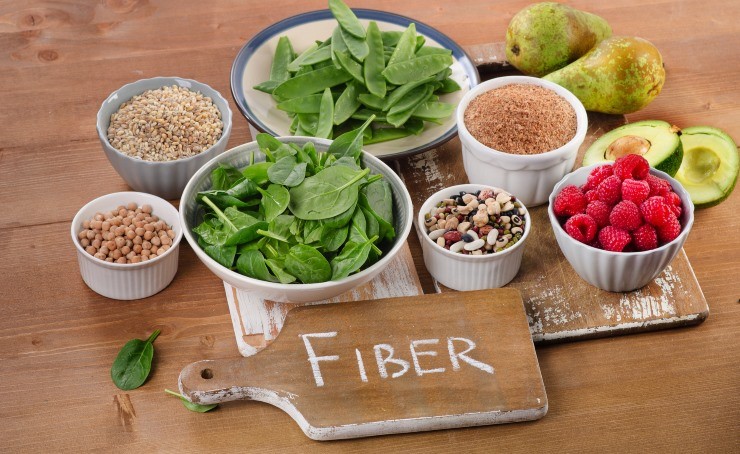Diabetes is a growing global public health epidemic. The number of people suffering from diabetes has risen from 108 million in 1980 to 422 million in 2014 worldwide. Sadly, this figure is expected to rise to about 642 million by 2040. Type 2 diabetes is, by far, the most prevalent form of diabetes. In the United States, type 2 diabetes accounts for 90-95% of all cases of diabetes. People with diabetes are at increased risk of suffering from serious health complications, such as stroke, kidney failure, heart disease, vision loss, premature death, and amputation of toes, feet, and legs.
Numerous findings from several scientific studies have established that diet, exercise, and body weight play a significant role in the causation of type 2 diabetes. Since diet plays a key role in the development of type 2 diabetes, making the right dietary choices can go a long way towards helping protect individuals from type 2 diabetes. In fact, the results of a study published in Diabetologia indicate that a 10 gram/day increase in dietary fiber intake is associated with a 9% reduction in the risk of developing type 2 diabetes.
How Fiber Protects Against Type 2 Diabetes
Excess levels of dietary fat encourages insulin resistance which is chiefly responsible for the build up of high blood sugar levels in type 2 diabetes. Studies show that increased dietary fat leads to excess body weight which in turn increases type 2 diabetes risk. This is especially true when combined with the addition of sweetened foods. Eating whole plant foods high in fiber and water content can help. Fiber helps to lower blood sugar levels and maintain a healthy body weight.
Soluble fiber, a type of fiber that dissolves in water to form gel, helps to control the amount of sugar floating in the blood by slowing the absorption of sugar from the digestive tract to the blood. Foods high in soluble fiber include beans, apples, oats, peas, barley, carrots, and citrus fruits. Since fiber quickly gives us the feeling of satiety (yet adds no calories), eating high-fiber foods helps us to maintain a lean body weight and lose excess fat. By assisting us to keep our blood sugar levels and body weight within the healthy range, high-fiber foods help to prevent type 2 diabetes.
More Fiber Equals Less Type 2 Diabetes
About 1 in every 10 individuals in the United States above the age of 20 has diabetes. As we have seen, the number of type 2 diabetic patients is expected to increase in the coming years. The good news is that you can lower your chances of developing this metabolic disorder by eating low-fat oil-free, whole, unprocessed plant foods. Including more high-fiber foods, such as beans, greens, squash, yams, barley, and apples on your plate will help to reward you with a significant reduction of type 2 diabetes risk.
Additional Information:
(1) World Health Organization Diabetes Fact Sheet
(3) Dietary Fiber Reduces Type 2 Diabetes Risk
